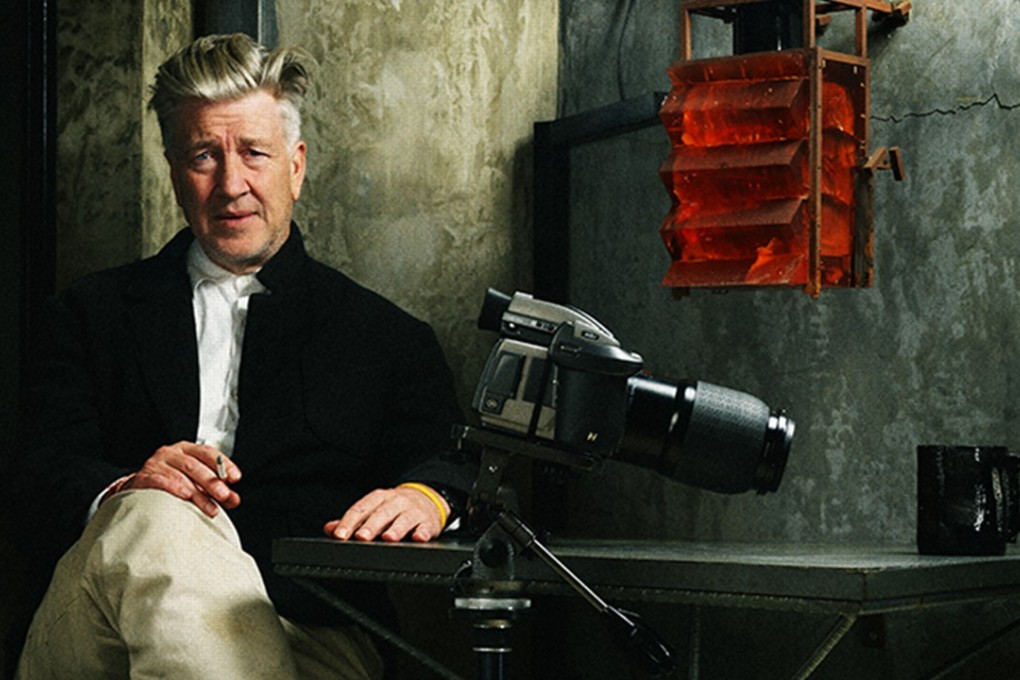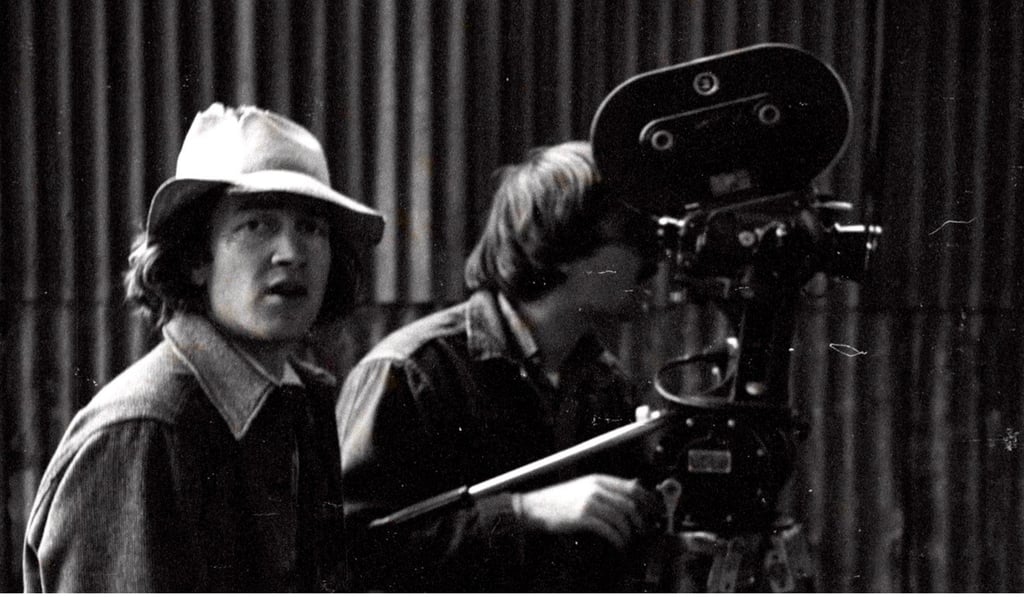Art house – David Lynch: The Art Life paints a portrait of a cult filmmaker as an artist
This documentary assumes a decent familiarity with Lynch’s work, from Eraserhead to Twin Peaks, as it looks at the obsessions that have informed his visionary output

The “art life” is what a young David Lynch considered the life of an artist to be – solitary, cloistered away with one’s work, drinking coffee, smoking cigarettes, only occasionally interrupted by other people. This documentary by Jon Nguyen, Rick Barnes and Olivia Neergaard-Holm shows how Lynch went on to achieve that life, first as a painter and then as a filmmaker.

Lynch is one of the few contemporary American filmmakers who has managed to instil his body of work with a consistent vision. Similar to the literary work of William S. Burroughs, a dreamlike darkness – strange, but not necessarily nightmarish – emanates from everything he creates.
The television series Twin Peaks (1990-91, with a third season due this month), about the weirdness that lies behind the facade of a quiet American town, sets the tone well – the characters can be cruel, but they are kind, too, and the wide emotional territory of the work convinces that, in spite of its mysticality, quirkiness and wilful obscurantism, this might be the way all human lives play out.